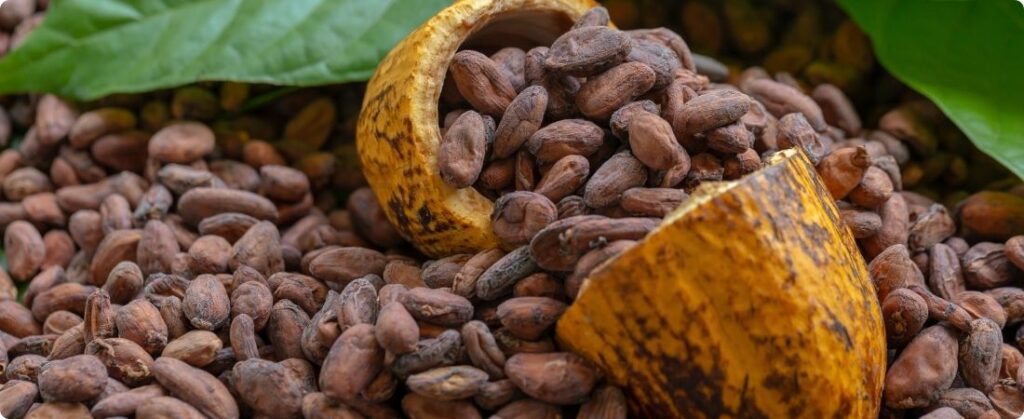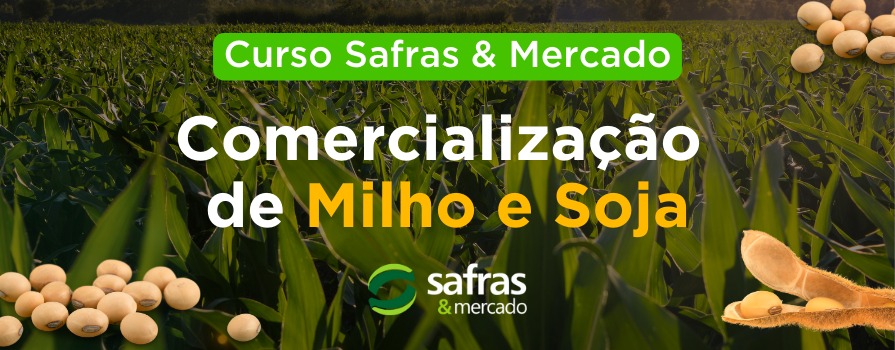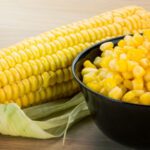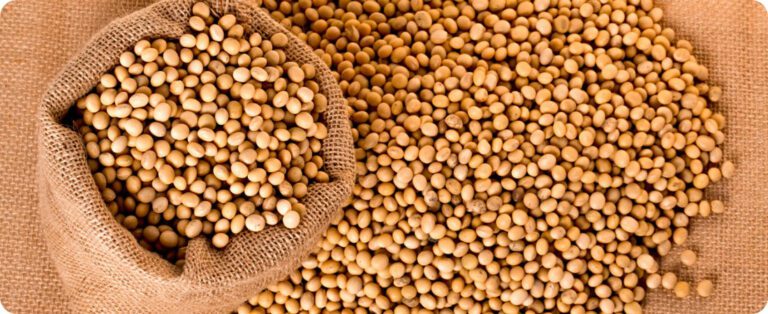
The cocoa market is facing a significant reduction in global supply of almonds, which caused a surge in international prices for the commodity in 2024 and 2025. Ivory Coast and Ghana, the world's two largest cocoa producers, are still facing the problems that contribute to this scenario, and which cannot be resolved quickly in the short to medium term. Extreme weather events, the increase in crops affected by the CSSV (Cacao Swollen Shoot Virus), and old crops with low productivity are some of the main reasons that combined resulted in the current scenario, according to a report by Hedgepoint Global Markets.
According to the company's analyses, in this sense, the cocoa market has started to look more closely at other sources of beans. “Likewise, other producing countries have started to invest in the crop, both in terms of production and processing capacity, given the market opportunities and attractive prices for the commodity, such as Ecuador and Nigeria, which currently occupy the third and fourth places in the world ranking of largest cocoa producers, respectively,” says Carolina França, market intelligence analyst at Hedgepoint Global Markets.
Brazil repositions itself in the global market
Brazil, which in the 23/24 harvest was the sixth largest cocoa producer in the world, according to ICCO, was once one of the world's largest producers and exporters of the beans. However, the country faced a significant drop in production, especially after the spread of the “witches' broom” disease in the main producing regions. “Since then, several research projects and projects have been developed in the country with the aim of reclaiming its leading position in the global cocoa sector. This has led to a recovery in the production of Brazilian crops in recent years,” he explains.
The analyst points out that investments were made not only in cocoa production, but also in the processing of the beans in the country. To meet the large processing capacity, Brazil imports cocoa from other sources. Currently, this capacity is almost 300 thousand tons. This volume is greater than the national production. Therefore, the country needs to turn to the external market to meet the internal demand.
Since the beginning of 2025, the volume of total net imports — that is, imports minus exports — has shown a strong increase. Total cocoa imports, including beans, paste, butter and powder, were around 62% higher than in the same period last year.
Brazil expands production and strengthens its role in the cocoa trade
“When assessing the share of cocoa and its byproducts in Brazilian trade flows, most of the imports, considering recent years, corresponded to almonds. Cocoa powder and butter, which have greater added value, lead exports, mainly destined for Argentina, reinforcing Brazil’s important role in cocoa processing,” he says.
Carolina França points out that, recently, several projects have focused on expanding cocoa areas in the Southeast, North and Northeast of Brazil, including the largest cocoa farm in the world, using technology and clones with better agronomic performance. “This, combined with the country’s existing processing capacity, provides Brazil with a window of opportunity in the cocoa market in the medium term. It is worth mentioning that the country already has a goal of exceeding 400 thousand tons of production by 2030”, she explains.
Source: Notícias Agrícolas














